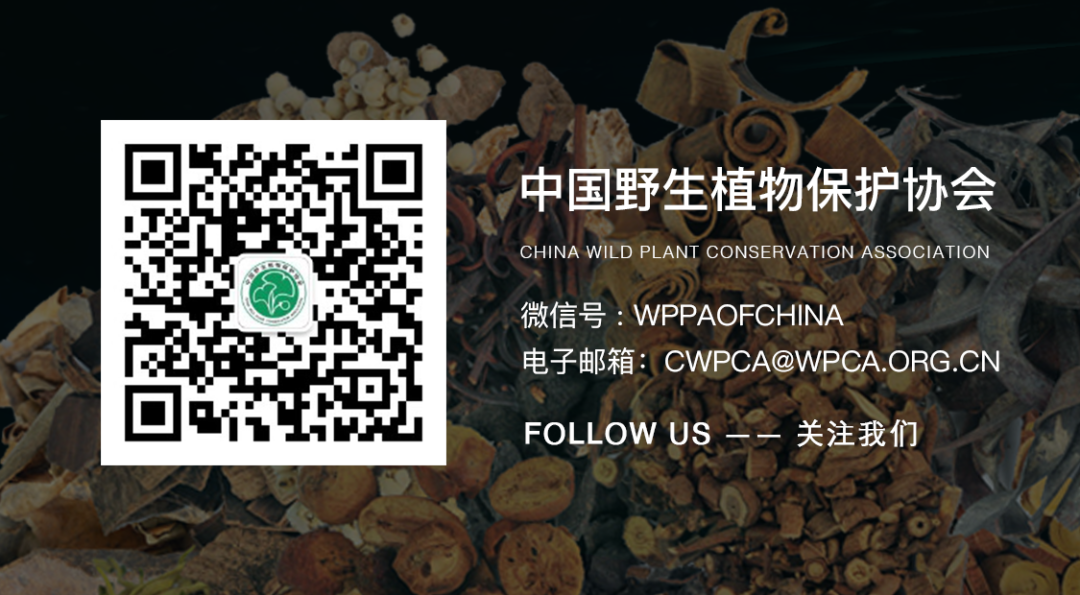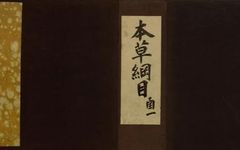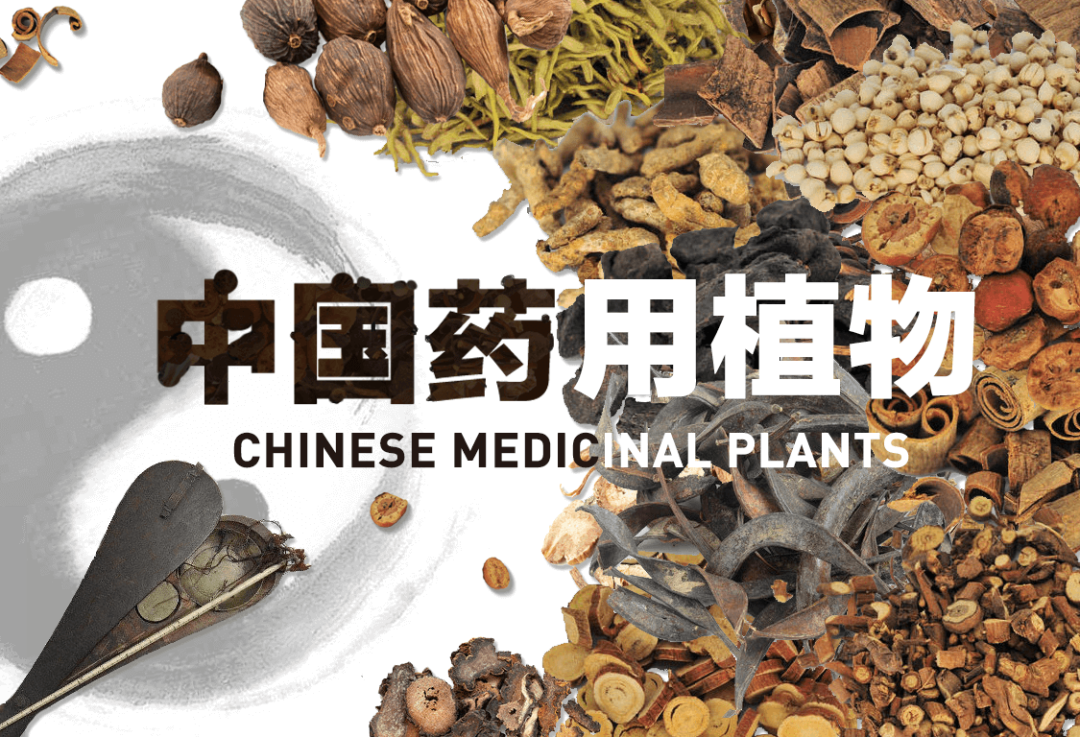

Compendium of Materia Medica

Compendium of Materia Medica was published in the 24th year of Wanli (1596) in the Ming Dynasty in China. The author is Li Shizhen (1518-1593). He was still revising the manuscripts himself with illness in his later days. It seemed that he could not see it during his lifetime. By the end, it was all published as a series book after his life. The book was a medicinal masterpiece that has made outstanding contributions to human survival and development, health and happiness. It had far-reaching influence in the field of word medicine. This book was the culmination of Li Shizhen’s life long hard working, and also the knowledge of his descendants and students. In order to ensure that the content was accurate and reliable, he inspected personally, traveled thousands of miles, read abundant books, discerned and corrected errors, and made reference of more than 800 titles of ancient books. The book recorded 1892 kinds of medicines, with more than 1,000 illustrations, and more than 10,000 prescriptions. It not only made a significant contribution to the development of Chinese pharmacology, but also had a profound influence on the development of world medicine, botany, zoology, mineralogy and chemistry. It was well-known in China and abroad after its publication, and was translated into more than ten languages including Latin, Japanese, French, German, Italy, English, Russian, Korean, etc. The book was published abroad and disseminated widely. It was known as Flora Sinensis and was called ‘Encyclopedia of Ancient China’ by Darwin. In 2011, it was selected into the Memory of the World Register.
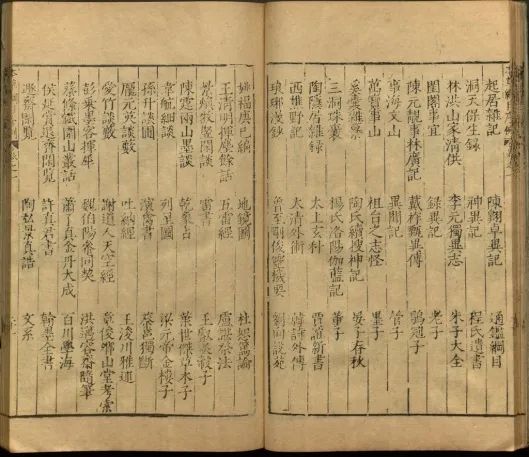
This article will take you to know Li Shizhen, the author of Compendium of Materia Medica. What did the title of Compendium of Materia Medica mean? What was written in the book? Why was it great?
01
About the author
Li Shizhen, style name Dongbi, literary name Linhushanren in his later years. He lived in Waxieba (now Doctor Street) in Dongchang Street, Qizhou Town, Qichun County, Hubei Province. He was a famous medical scientist in Ming Dynasty. Later, he was honored as the head of the temple of Chu Wang Fu and the judge of the Royal Hospital. After his death, he was named ‘Wen Lin Lang’ by the Ming court.
Since 1565, Li Shizhen had been to Wudang Mountain, Lushan Mountain, Maoshan Mountain, Niushou Mountain and Huguang, Anhui, Henan, Hebei and other places to collect drug specimens and prescriptions. He learned from fishermen, woodcutters, pharmacists, snake catchers, etc. He recorded tens of millions of words in notes, clarified many difficult questions. After 27 years compilation, he revised the manuscript three times and then completed Compendium of Materia Medica with 1.92 million words. In addition, he had also studied pulse theory and Eight Extraordinary Meridians. He had written many books such as the The Study of Eight Extraordinary Meridians and Linghu Sphygmology.
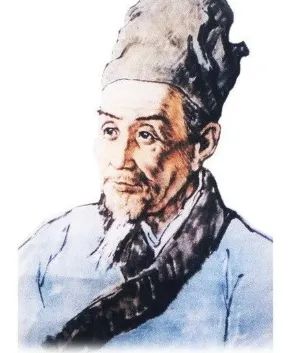
Li Shizhen’s portrait
02
Why was the book called
Compendium of Materia Medica?
Bencao – Since ancient times, people have used many drugs to treat diseases, including plants, animals, and minerals. Among them, the roots and grasses are the most common used plant materials. In ancient Chinese, ‘Ben’ means ‘Root’. So the ancients used the word ‘Bencao’ to represent herb medicine (materia medica).
Gangmu – The original meaning of ‘Gang’ refers to the main rope of the fishing net. ‘Mu’ is the mesh on the fishing net. The mesh can be controlled well by grasping the main rope. Therefore, the ancients often used ‘Gang Ju Mu Zhang’ to describe the ability of grasping the key points and being organized. The concept of the outline was applied to the writing of books, forming the ‘Outline Style’, which has become a traditional form of Chinese chronicle compilation. The specific structure is to first set up a general outline, or general category, and then set up detailed items under each outline, the items are lifted by the outline, the items are controlled by the outline, and then sub-items are set up under the items.
Therefore, the literal meaning of ‘Compendium of Materia Medica’ is a drug book written in a general style. Wang Shizhen’s preface for Compendium of Materia Medica made it clearer: The correct name of each drug label was the ‘Gang’, and the appendix was called the ‘Mu’. Since item always followed the outline, it was called Bencao Gangmu in Chinese,Compendium of Materia Medica in English.
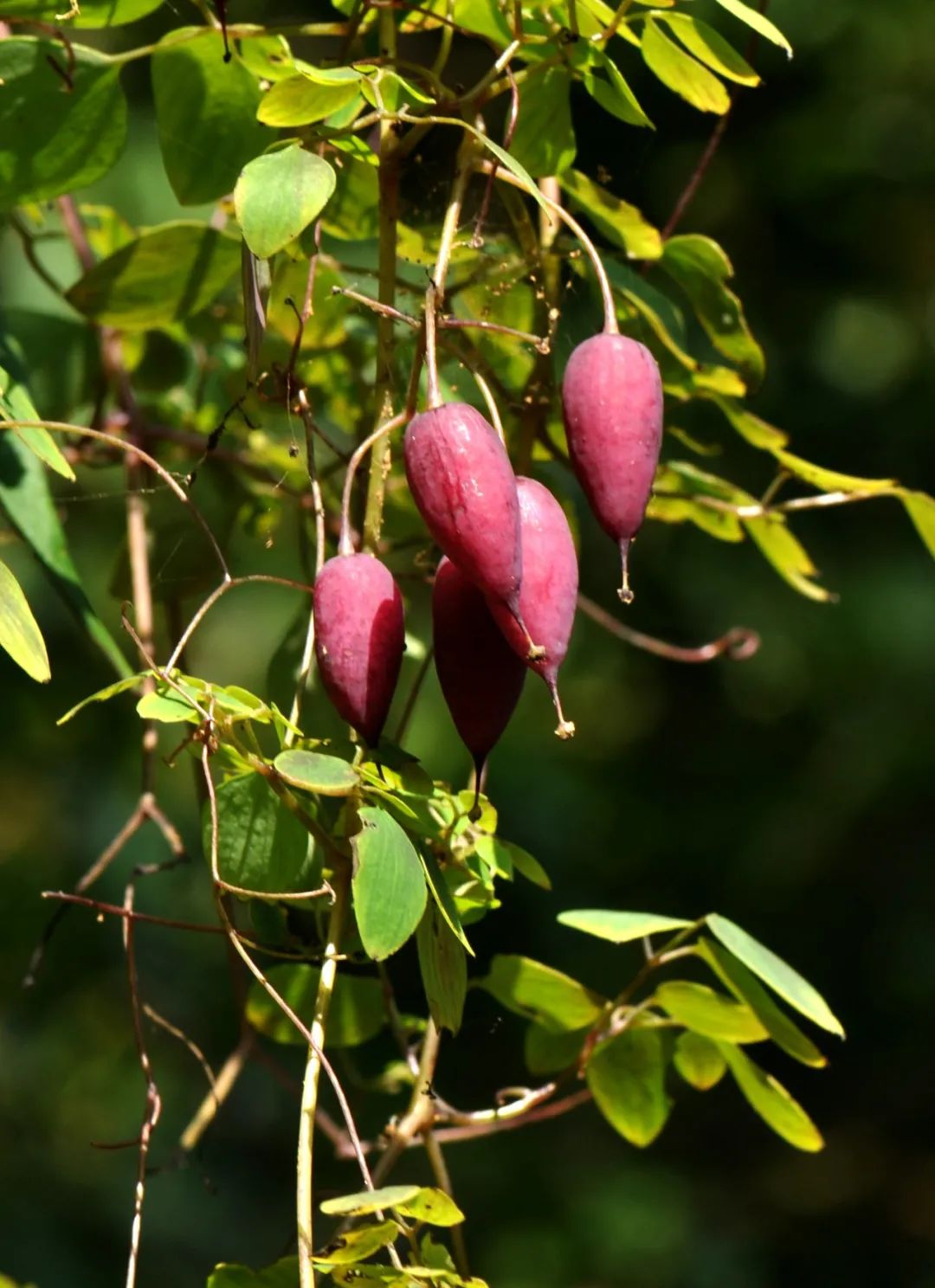
03
What is written in
Compendium of Materia Medica?
Compendium of Materia Medica consisted of 52 volumes, which was essentially a dictionary of pharmacology written in the style of the outline.
The first and second volumes were ‘Prefaces’. The content was mainly about understandings of the properties of medicines, principles and methods of using medicines by Chinese medicine practitioners. It was based on the theoretical content of Shennong’s Classic of Material Medica, adding the views of scholars from different eras and his own, and other theories developed by later generations.
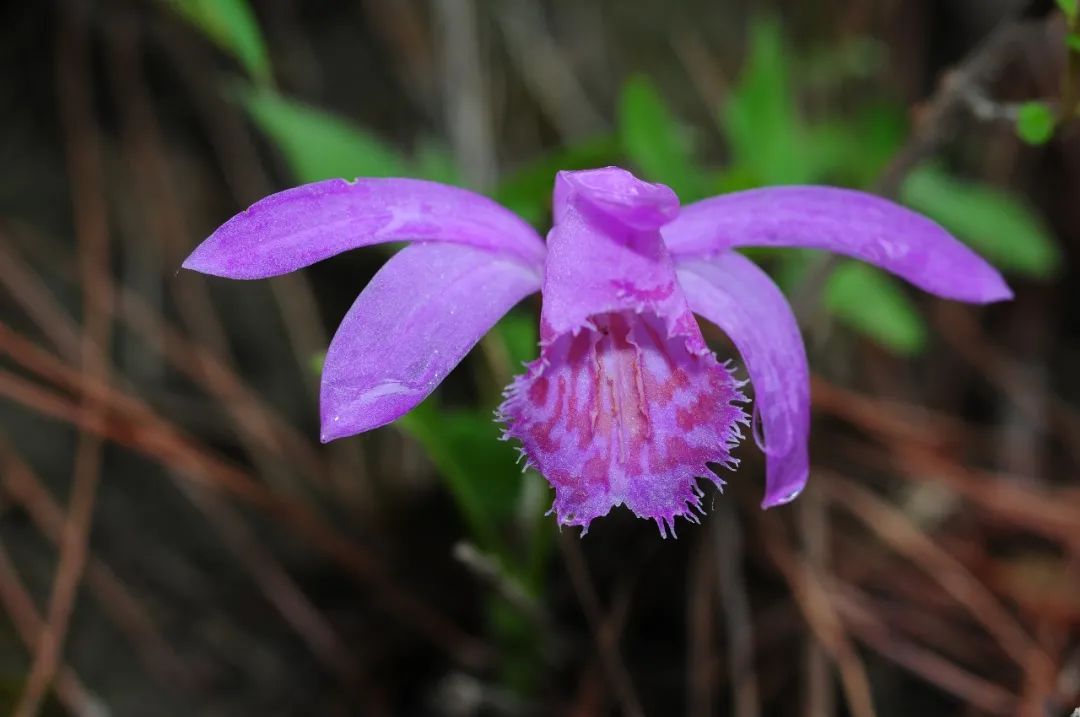
The third and fourth volumes were ‘Indications for all diseases’, with the name of the disease as the outline, and dialectical medicine using as the item. The medicines were classified according to their properties and indications, which provided convenience for doctors in choosing drugs based on clinical syndromes. It also reflected the spirit of treatment according to syndrome differentiation.
Volume 5 to Volume 52: Introduced a total of 1892 medicinal materials one by one.
04
Why is Compendium of Materia Medica great?
Reasons for Great 1:
Being aware of the past and the present
clearly,locating the future and collecting
extensively
Most of the ancient Chinese herbal works tended to include only knowledge of classic and common medicine, not remote and rare ones. However, Li Shizhen believed that all of them should be included, and should not be limited to the time, but also the past and the future. The medicine used today was not necessarily used in ancient times, and may might not be used in the future. The medicine that was remote and rare now might become an important medicine in the future. Therefore, Li Shizhen not only made reference of 276 ancient herbal books, but also checked and quoted the contents of 591 non-medicinal books as much as possible. Among them, 440 books were cited for the first time by Li Shizhen. There were 347 types of new drug added, and the number of words far exceeded that of Classified Materia Medica.
Compendium of Materia Medica was not only a medicinal book, but also a natural history book, containing knowledge of astronomy, geography, history, mineralogy, biology, chemistry, etc. It provided abundant information for generations to research. No wonder Darwin called it the ‘Encyclopedia of Ancient China’.
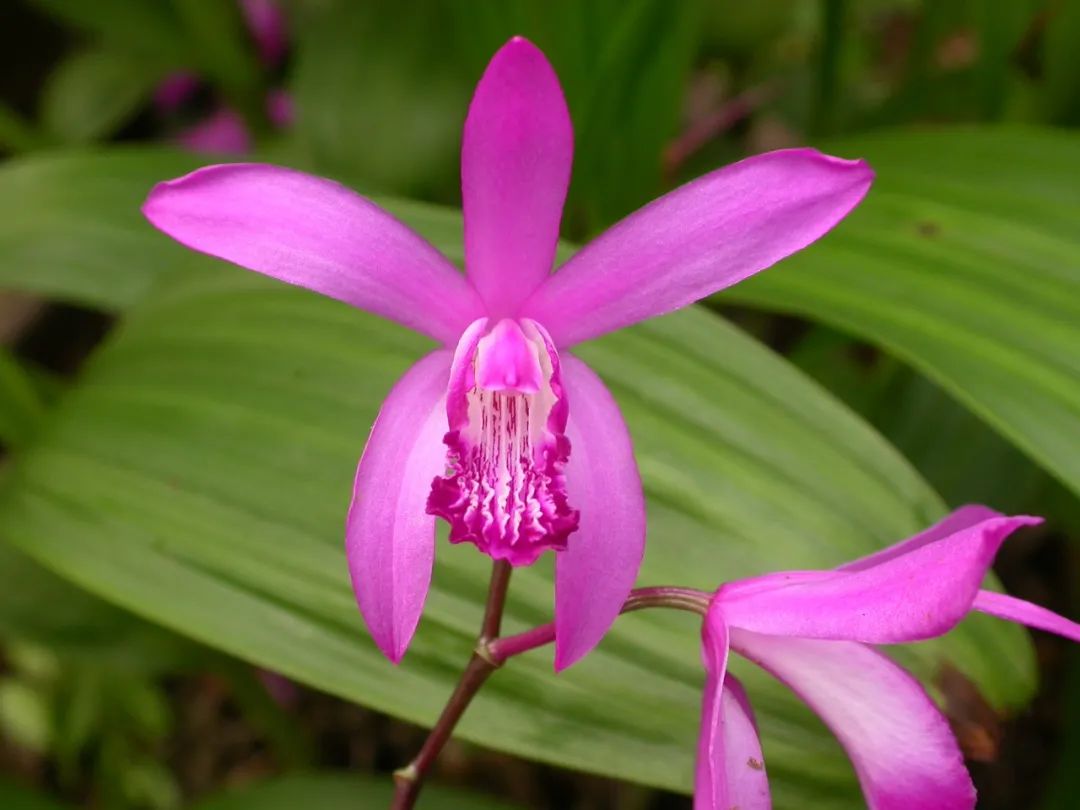
Reasons for Great 2:
Daring to speak his own opinions
Classified Materia Medica strictly extracted the content of other books and arranged them in chronological order, but did not elaborate on the contents and without the opinions of the author. Compendium of Materia Medica was different. Li Shizhen stated his principles clearly in the book: “The reverted will confuse it, the fault will compile it, and the wrong will be brought to justice.” It means deleting duplicates, supplying missing, and correcting mistakes. He dared to write the opinions obtained through analysis, and introduced a lot of his and his father’s experience in treating diseases and using medicine.
Reasons for Great 3:
Innovating classification methods and solving difficult problems
The problem there were too many drugs, and the previous classification methods were insufficient and difficult to refer to.
Most ancient herbal books used a mixture of classifications, the three-grade classification, the natural attribute classification and the efficacy classification. Classified Materia Medica was like this. After dividing the medicine into 10 parts according to the source attribute, the herbs were divided into three categories (upper, middle and lower) because there were too many kinds of herbs. The order of the last-level drugs was mainly based on the doctor’s usage habits and the often used drugs were ranked first. However, due to the small number of categories, it was difficult to summarize all similar drugs, resulting in many incorrect classifications. For example, rainwater and stove heart soil were classified as jade, and reptiles such as snakes and turtles were classified as insects and fish. Moreover, in the past, no matter how these methods were combined, there was no connection between two adjacent drugs.
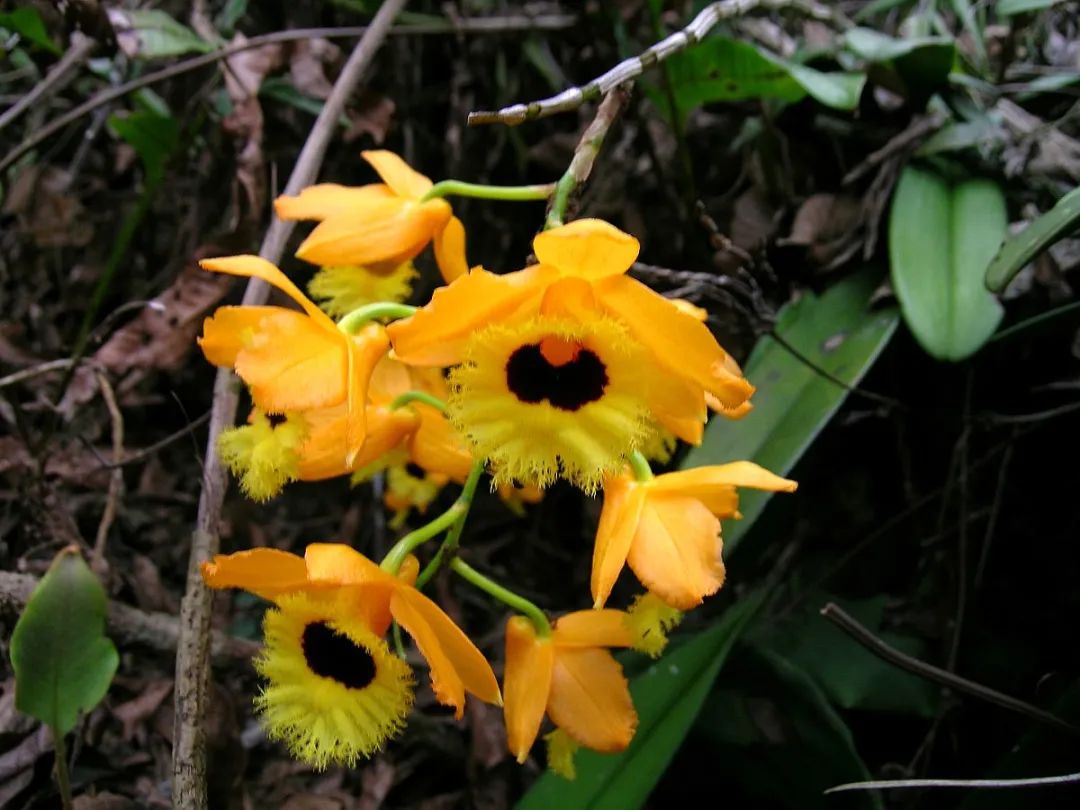
流苏石斛 Dendrobium fimbriatum
Methods of Compendium of Materia Medica to solve difficult problems-gathering things by category, listing according to the outline, analysing of ethnicity.
1892 kinds of drugs were classified into 60 types of 16 categories, which were far more than the 30 types of 10 categories in Classified Materia Medica. For example, grass was divided into 10 categories such as mountain grass, fragrant grass, wet grass, and poisonous grass. People could easily understand the growth characteristics of medicines from the category names. For example, fragrant grass refered to the herbal medicine with aromatic smell.
In addition to more classification categories, the change of order was a pioneering work. From inorganic to organic, plant to animal and the natural evolution process from lower animal to higher animal and human, they all coincided with modern biological evolution theory.
Water, fire, earth, gold and stone-inorganic matter
Grass, grain, vegetable, fruit, wood-plants
Insects, scales, mediums, birds, beasts, humans-animals
In the lowest grade, Li Shizhen pioneered the classification principle of ‘analysis of ethnic groups’. He grouped them together according to what he believed to have similar attributes, such as arranging chrysanthemum, mugwort and Artemisia annua in close position and also putting together euphorbia, wartwort, lathyrism and kansui because they shed juice. Modern plant taxonomy had confirmed that these are all closely related plants. This pioneering work provided convenience for searching the contents of Compendium of Materia Medica. Its avant-garde natural classification method was more than 200 years earlier than the natural classification method of the western botanist Linnaeus, and had a huge impact on the scientific research of later generations.
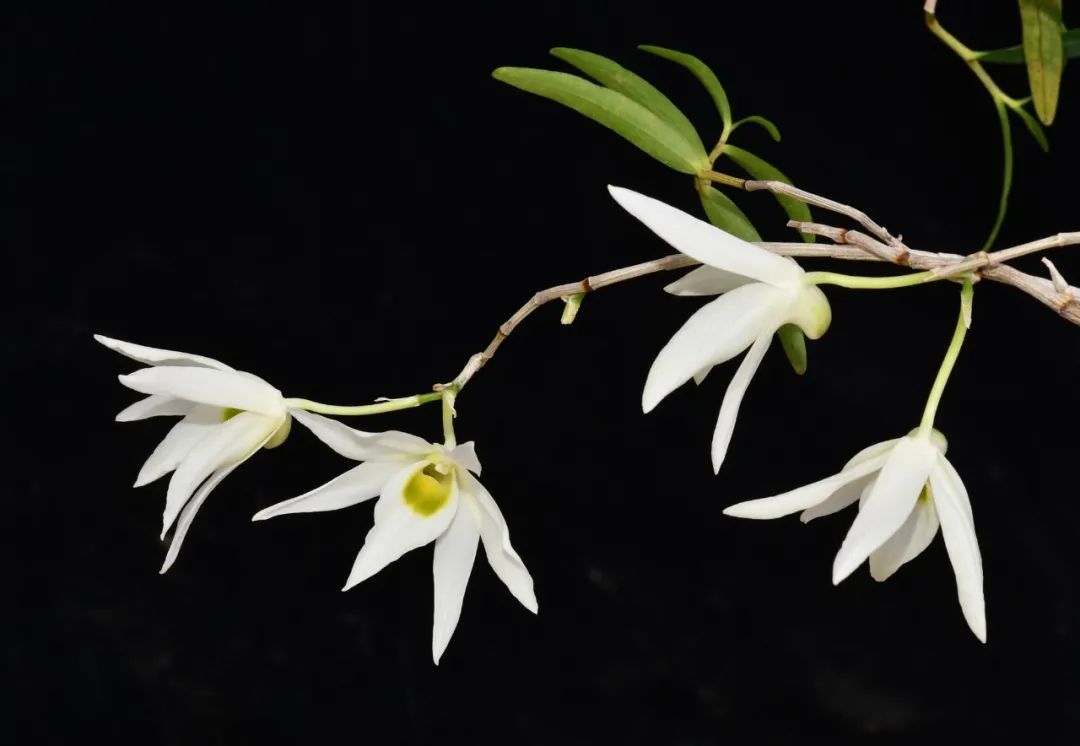
广东石斛 Dendrobium wilsonii
Reasons for Great 4:
Promoting the development of other disciplines
Botanical research: Compendium of Materia Medica recorded more than 1,000 kinds of plants. It not only collected records from predecessors, but also recorded specimens collected, including the plant’s origin, habitat, growth characteristics, cultivation and harvesting methods, etc. It provided abundant information for future generations of botanical research.
Zoological research: The Compendium of Materia Medica recorded more than 400 animals, describing the morphology, physiological characteristics, reproductive conditions and diseases of many animals. It has made great contributions to zoology research in our country and the world.
Mineralogy: Compendium of Materia Medica recorded more than one hundred kinds of mineral drugs, including the origin, types, characteristics, physical and chemical properties, mining, smelting and refining methods, properties, flavors, and efficacy of these drugs. It also recorded the distribution area of important metal minerals and the methods of prospecting, which provided valuable data for mineralogical research.
Of course, in addition to the contributions to the natural science mentioned above, as mentioned earlier, there were also outstanding contributions in chemistry and physics.
Cultural contribution: Compendium of Materia Medica described the characteristics of the origin, taste and indications of the medicine. It often quoted famous poems and recorded the cultural characteristics of ancient medicine poems in our country. In addition, the book also recorded a lot of cultural contents such as folk customs and religion. It provided abundant materials for future generations to study ancient culture.
Li Shizhen made a great contribution to mankind with the masterpiece Compendium of Materia Medica. He was respected by later generations and was called ‘the saint of medicine’. The research on Compendium of Materia Medica is still going on.
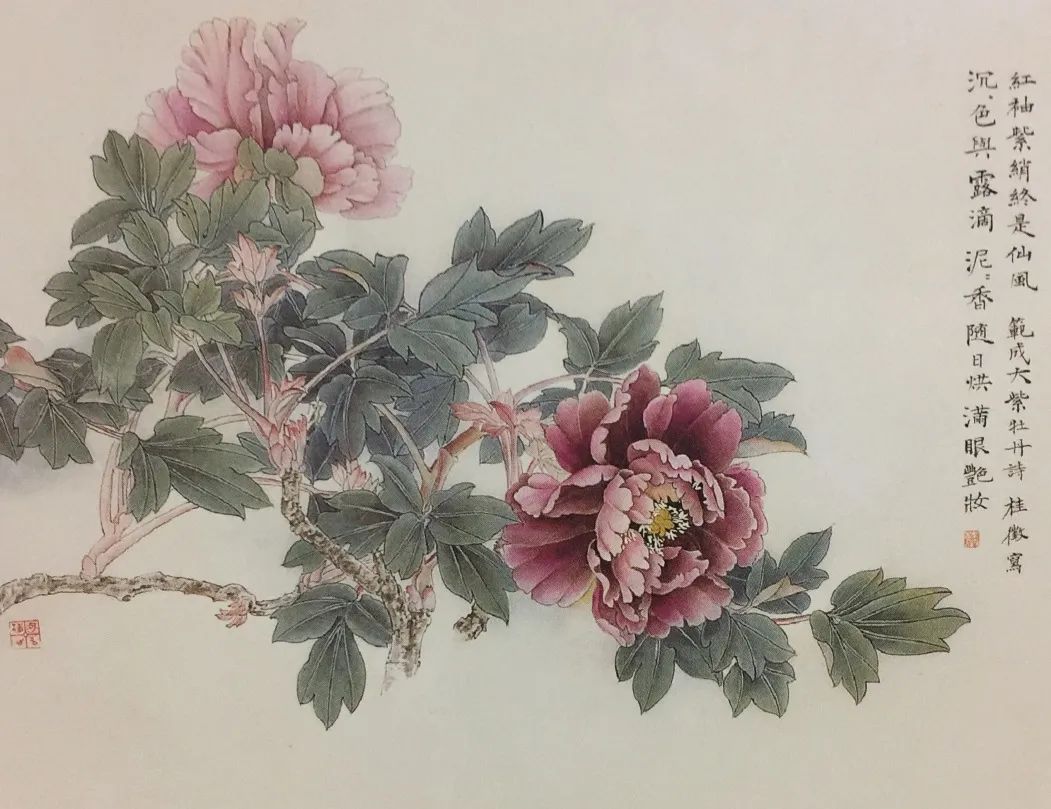
荷花 Nelumbo nucifera

Compendium of Materia Medica

Source: Wang Qiuling
Expert Advisors: Zhang Bengang | Zhang Xianchun
Song Jingyuan | Qi Yaodong
Cultural Advisors: Zhang Guizheng | Zhang Zhenhua
Translation: Wang Qiuling | Li Yue
Photography: Huang Yunfeng | Liu Yan
Editor: Li Shanshan | Chu Yanan
